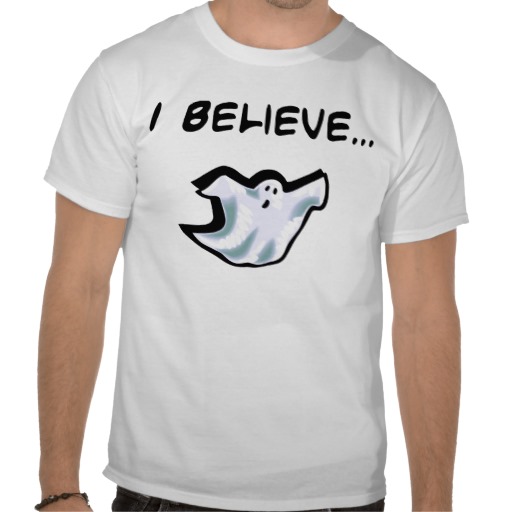The Golden Ghost of Mold #5: Against the Golden Ghost! August 20, 2013
Author: Beach Combing | in : Actualite, Contemporary, Modern, Prehistoric , trackbackAn attempt follows to draw the not-so-golden threads of the Golden Ghost together. We have definite evidence from Rev. Clough that in 1833 when the grave was dug that there was the story in the locality of a golden ghost associated with the tomb. However, there are a number of problems with this. First, only one individual ever saw the golden ghost, despite later references to a tradition there was nothing of the kind: at least prior to the discovery. There was a woman who was apparently not taken seriously by anyone, including her drunk husband who was walking home with her.
Second, the witness associated it with the barrow but it is not clear whether this association came after or before the corselet was discovered. It is easy to imagine the conversation. ‘It’s gold, John!’ ‘Why you don’t think that’s where old Peggy saw that golden ghost do you?’ ‘Let’s ask her!’ ‘Peggy, could it be that you saw the ghost at John ’s land?’ [suddenly being taken seriously after many years] ‘Well, I remember there was high gravel bank, yes, now you say it…’ None of this need have depended on dishonesty, just that most human trait, a desire to fill in the blanks.
Third, did ‘Peggy’ really describe what she saw as a ghost? Ghosts are not typically golden coloured. Given where she was it would surely have been more natural to see fairies or a fairy all bedecked in gold vanishing into the fairy mound: many fairy description includes the details about someone disappearing into the soil. Perhaps the gold fairy near Mold became the golden ghost of Mold only once a body had been found?
Fourth, there is the problem of ‘Peggy’s reference to a ghost of ‘unusual size and clothed in a coat of gold’. The problem is that it dates from after the discovery at a moment when the ghost memorate of a single person had rapidly become the possession of the whole community and the pride of Mold, that now had an answer to those supercilious archaeologists from the British Museum: ‘we knew all along, Mr Rupertson, and by supernatural means, sir!’ Again you can imagine how, without any dishonesty, facts beyond those experienced (glimpsed out of the corner of an eye thirty or forty years before) might have been established. ‘Peggy said it went into the gravel bank, it must have been then at least as tall as the hole…’
Let’s be VERY charitable. Let’s say that ‘Peggy’ was absolutely certain that this was the spot and that she said that it was a ghost immediately. Let’s too say that a local lawyer had taken down a pre-discovery account that was later circulated among the community with oaths to keep to the exact wording. Need there be anything ‘Fortean’ going on here? Barrows were often associated with gold and treasures. Perhaps ‘Peggy’ had a subconscious flash along those lines and a beam of moonlight was transmuted? The other possibility is coincidence. In the creepy atmosphere around a barrow (described as a fairy hill) a dozen people will have had an ‘experience’ over a century. We would never have heard of ‘Peggy’ if she hadn’t dreamt in gold. What about Alice who saw a purple goblin, Janey who saw a white ghost, Mitch who saw a rainbow coloured leprechaun across from Ireland, and, of course, Jill who was bit on her butt by a fairy dog with teeth like shanks….?
Beach spent the last few paragraphs tearing into the Golden Ghost of Mold. In this (he promises) his final words on the Golden Ghost he wants to do the opposite. He wants to defend the tradition of the ghost. Why the turn around? Well, it is a question of audience. It is surely worth establishing that there are huge problems with the pre-discovery Golden Ghost sighting and we would be less than honest if we didn’t face up to that. However, once the coverlet was discovered then the ghost sighting became a ghost tradition in the area with everyone tripping over themselves, even the local vicar, to describe the terrifying Golden Ghost and his connection with the grave. Yet if you look on the internet today this has been almost entirely ignored by authoritative sites. The National Museum of Wales, for example, hosted the corselet and didn’t have the manners to mention a ghost. This was also true of the BBC’s History of the World series; the snooty old British Museum; and perhaps most shockingly of all Wikipedia!
Again you don’t have to believe in ghosts; you can have strong suspicions about the nature of this particularly ghost story; you can shake your head while you are writing the tale out; you can put any number of health warnings. But the Golden Ghost is now part of the Mold tradition and silly or splendid, erroneous or true it belongs to the gold corselet in the same way that any description of the Parthenon Marbles would be incomplete without a reference to their long sojourn in London. Rolling stones gather no moss, but archaeological relics attract legend like Indiana Jones attracts snakes. And the BBC, Wikipedia and the British Museum should have more respect for the traditions that they are handling and their readers’ capacity for understanding: drbeachcombing AT yahoo DOT com
Just in case any reader writes in and claims that it is all about word length one of the best stories to come out of the Mold discovery was that the discoverers tore off bits of the rusty coverlet to take home to their families as a curiosity. Once it was discovered that the coverlet was made of gold naturally enough these were treasured and it has taken a long time for the British Museum to retrieve most of these stray pieces, some of which had been made into jewelry! This story often gets an airing, but the even more picturesque golden ghost story is scratched off the negative.




